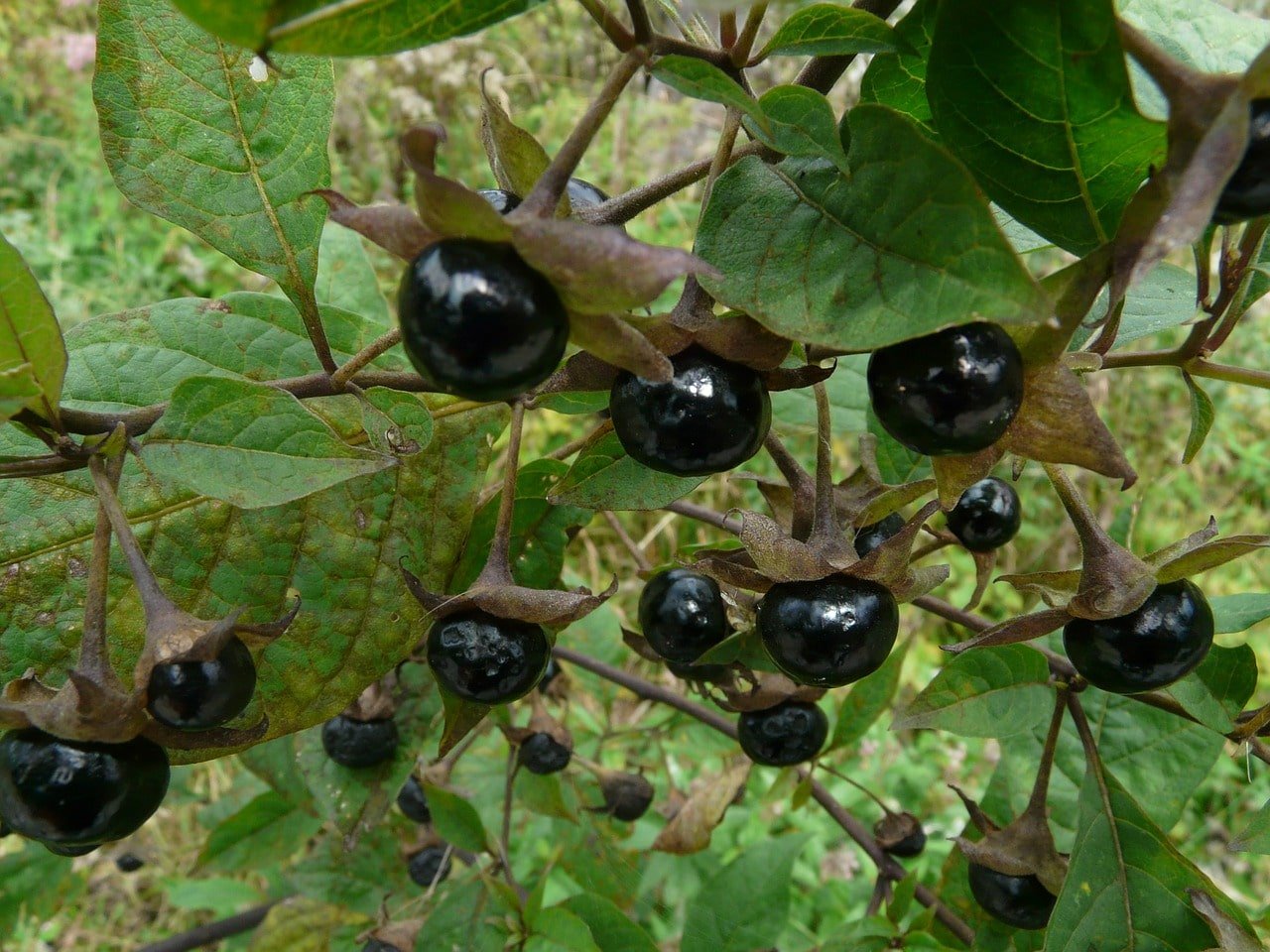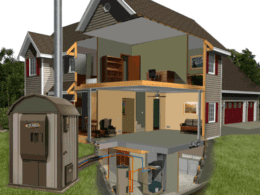Are you contemplating starting a garden but unsure whether to go for raised beds or in-ground planting? The decision can be overwhelming, but fear not, we’re here to help you make an informed choice.
In this article, we’ll explore the pros and cons of each method so that you can decide which one works best for you.
Raised beds and in-ground planting each have their own advantages and disadvantages. The choice you make will depend on various factors such as space, budget, and personal preferences.
We understand that your safety is also a top priority, and we’ll provide you with all the necessary information to help you make a decision that will ensure a safe and successful gardening experience.
So, let’s dive in and explore the world of raised beds and in-ground planting!
Quick Takeaways
- Raised garden beds have advantages such as easier management, better root development, fewer weed and disease issues, and better drainage.
- In-ground planting is less expensive, supports all plants, and requires less water.
- Both methods have disadvantages, such as the need to build and fill raised beds, and soil compaction and pest control issues with in-ground planting.
- Gardeners may choose to use both methods depending on their needs, and both can be successful with proper care.
Pros and Cons of Raised Beds
If you’re considering raised beds for your gardening, you’ll want to know the pros and cons. One of the biggest advantages of raised beds is that they’re easier to manage. They’re also better for root development, have fewer weed and disease issues, and provide better drainage. Plus, you can extend your growing season and avoid soil compaction. Raised beds are also great for gardeners with disabilities, as they’re easier to access and monitor.
However, building and filling them can be a challenge, and they may not fit everyone’s budget. You’ll also need to keep an eye on the soil moisture, as raised beds tend to lose moisture faster than in-ground planting.
When it comes to raised bed construction, you’ll need a frame with no bottom to hold the planting soil. You can use a variety of materials, such as wood, concrete blocks, or even recycled plastic. The key is to make sure the frame is sturdy enough to hold the weight of the soil and plants.
Once you’ve built your raised bed, you’ll need to fill it with a high-quality soil mix that provides the right nutrients for your plants. You’ll also need to keep an eye on the soil moisture, using a good soil moisture meter to ensure your plants get the right amount of water.
Pros and Cons of In-Ground Planting
When considering in-ground planting, you’ll find that it’s less expensive and easier to move, but it may take longer to get soil conditions ideal, and it can be harder to control pests and diseases.
Soil conditions play a vital role in the growth and development of plants, and in-ground planting may require more time and effort to reach the ideal soil condition for plants to grow.
Additionally, pests and diseases are more challenging to control in an in-ground garden, as they can easily spread from plant to plant and are more challenging to spot.
To overcome these challenges, it’s essential to take some measures when planting in-ground. First, it’s recommended to prepare the soil before planting to ensure it has the right nutrients and moisture content.
Second, regular monitoring of the plants and the soil is necessary to detect any pest or disease issues early on. You can also use natural pest control methods such as companion planting or using natural repellents like garlic or neem oil.
With proper care and attention, in-ground gardening can be just as successful as raised bed gardening.
Choosing the Right Method for You
To choose the right gardening method for you, consider your space, budget, and the amount of time and effort you’re willing to put into maintaining your garden.
Raised beds are a great choice if you have limited space or poor quality soil. They also have the added benefits of better drainage, fewer weed and disease issues, and easier monitoring of care. If you have a disability or prefer a neater look, raised beds may be the way to go. However, keep in mind that they require more work to build and fill, and may not support all types of plants. They also require frequent watering and may not fit everyone’s budget.
If you have a larger space and want to maximize your garden’s potential, in-ground planting may be a better option. It’s less expensive and easier to move, and supports all types of plants. However, it takes longer to get soil conditions ideal, and controlling pests and diseases can be more challenging.
If you want to save space and have more flexibility in your garden layout, container gardening is another option. It allows you to grow plants in a smaller area and move them around as needed.
Whichever method you choose, remember to consider the benefits and drawbacks of each, and choose what works best for your unique situation.
Frequently Asked Questions
How much does it cost to build a raised garden bed?
To build a raised garden bed, the cost can vary depending on the building materials used and DIY options. However, you can find affordable options like using recycled materials or purchasing a simple kit.
Can raised garden beds be used for growing all types of plants?
Raised garden beds have benefits and drawbacks for different plant types and soil conditions. They’re great for root development and drainage, but may not support all plants. They require building and filling, and can lose moisture faster.
How often do raised garden beds need to be watered?
You should water your raised garden beds frequently, as they tend to lose moisture faster than in-ground planting. Using a good soil moisture meter can help you keep tabs on the watering needs and retain soil moisture.
How deep should in-ground planting be for optimal plant growth?
For optimal plant growth, it’s important to explore in-ground gardening and determine the optimal depths and soil requirements. Comparing raised bed gardening, in-ground planting has benefits and limitations to consider. Keep your plants healthy and thriving by understanding the best methods for your space.
Are there any environmental concerns associated with using raised garden beds?
When using raised garden beds, potential toxins in the soil may be a concern, but sustainability can be improved through the use of organic soil and compost. Regular soil testing can also ensure a healthy growing environment.








